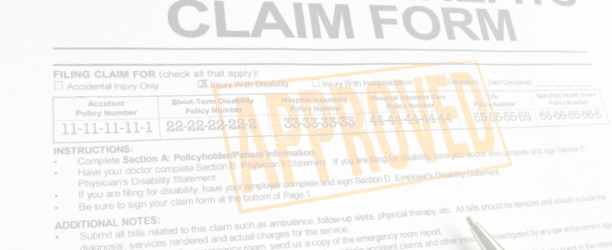
GET FEWER INSURANCE CLAIM DENIAL WHEN YOU TAKE PROPER INTRAORAL PHOTOS.
Dentists know that intraoral cameras and digital photographs are great for patient education and for promotion of our services. And If you’ve been involved with Arrowhead for any length of time, you’ve inevitably heard of and seen Dr. Dick Barnes’s famous five slides (later becoming seven). These images are used to help dentists make effective case presentations. When they were first introduced, over thirty years ago, the slides were a great way to show what dentistry could offer. As times have changed, so have the uses for digital extra and intraoral photography.
I don’t know about you, but I like to get paid for my services in a hassle-free manner. Unfortunately, with the current economic climate and an insurance industry revolution, claims are being denied more frequently. These denials cause several problems. First, payments are delayed necessitating that dentists write narratives to the insurance company explaining the need for treatment. If you’re like me, you often battle on behalf of your patients and have great success in overcoming the insurance carrier’s objections.
Secondly, and more detestably for me, is when insurance carriers accuse my work as either not needed or somehow done without the patient’s best interest in mind. You likely are familiar with the nasty little notes sent on the EOBs to the patient, suggesting that a filling could have been done instead of a crown, or that the soft-tissue-crown lengthening or gingivoplasty you did removing 5 mm of tissue that flaps over the margin is a normal part of a crown procedure. These accusations make patients question our services and unless a patient has been fully educated as to the need for treatment, the statements can negatively affect the doctor/patient relationship.
For me, intraoral photography has filled the void in many of these disputes. Most insurance carriers rely on radiographs to make determinations of need. But radiographs have limitations, they do not show the ringing calcification that is impossible to fill, the broken cusp hidden by the decrepit amalgam restoration, or the badly-stained and leaking fractures that are carious but do not appear on films. The next best thing to having an insurance examiner in the room with you is a photograph of the tooth. In my narratives to insurance companies, I explain that the only way to properly diagnose what a patient needs is to actually be in the room with the patient.
I always let my patients know that we are taking the photographs because the insurance company may deny the claim and that we will most likely get payment after we send the narrative and photographs. I also show the patients again (using both the X-rays and the photographs) why the procedure is being done so they fully understand what is going on. If the insurance company still denies a claim, I ask the patients to call their carrier to complain. The patients, who are fighting for $500, are going to be extremely motivated when dealing with the carrier, thus patient’s complaint “holds more weight” with the carrier than a practitioner’s complaint. So dental providers can arm our patients with knowledge to counter any denials. At this point, a carrier would need to discredit patients by telling them that they are wrong about what they have already seen with their own eyes.
If you have been sitting on the fence about whether or not to get an intraoral camera, maybe this article will help you decide. If you have a digital X-ray system (and you should) find a camera that will work best with your system. In my office, I use the ScanX X-ray system and Polaris cameras, both by Air Techniques. There are, however, numerous intraoral cameras in the marketplace. Speak with your equipment rep and ask about arranging demos of several cameras. Most reps will be happy to do in-office demos for you. This way, you do not have to wait to see them at a show or conference and you will have the representative’s personal attention without a group of 12 other dentists all rubbernecking to see a product at a show booth. And remember, when deciding which camera to purchase, make sure you choose one that can be moved from place to place and one operatory to another.
Intraoral cameras are great for patient education, treatment plan acceptance, and a great tool to get reimbursement on those difficult-to-explain cases that every dental provider encounters.
Research the options and get one you’ll be glad you did.









